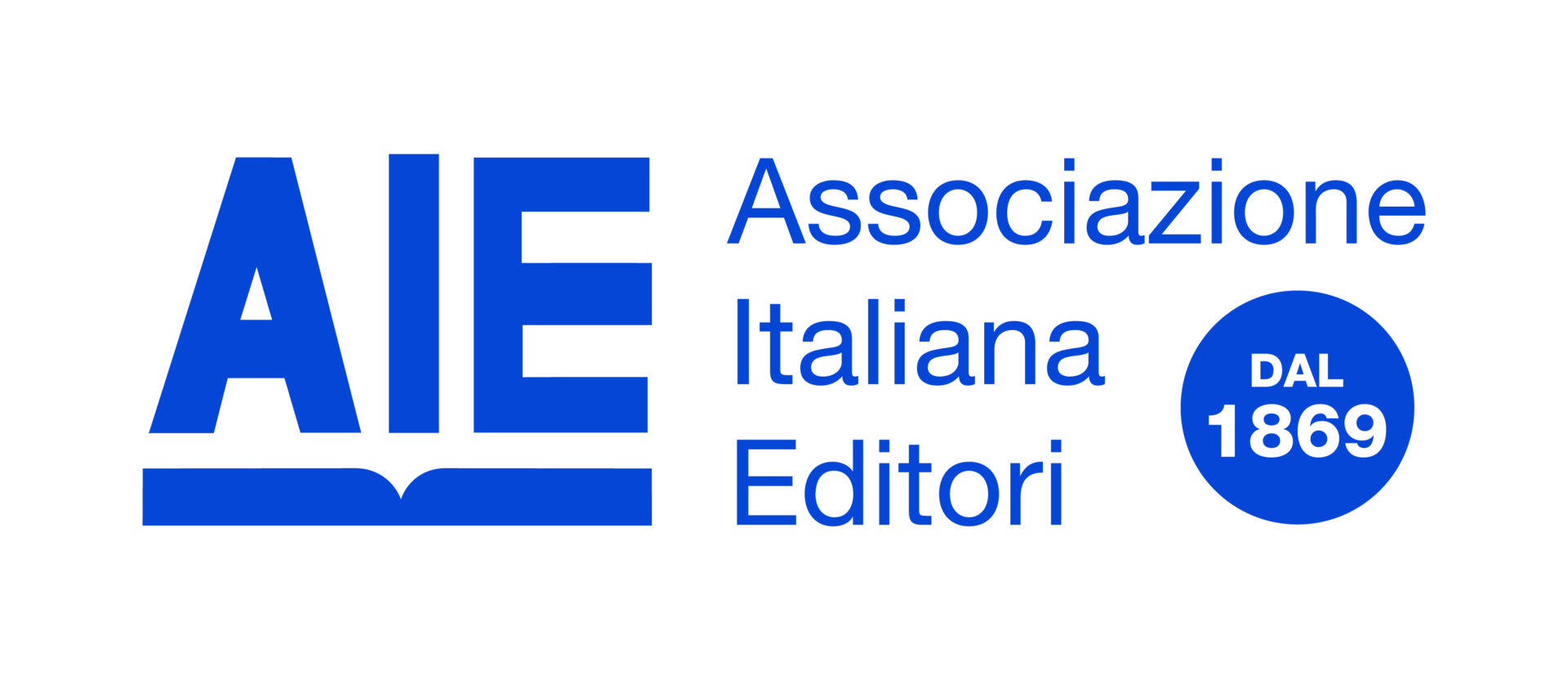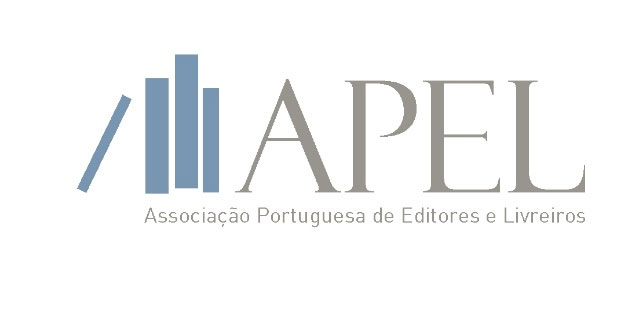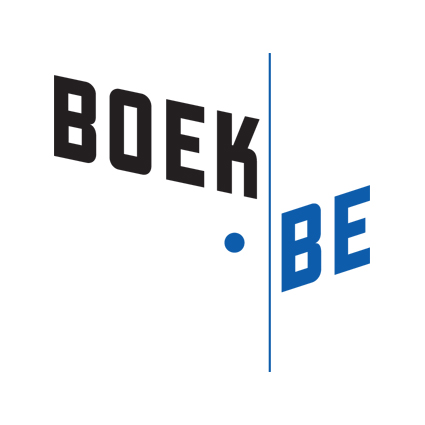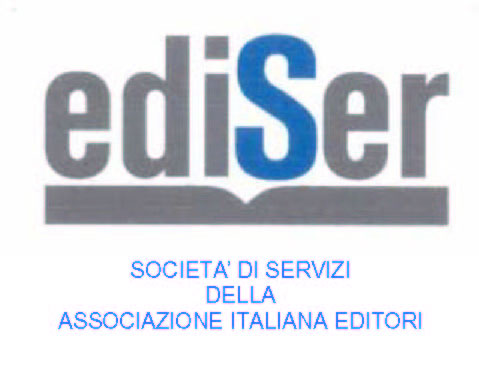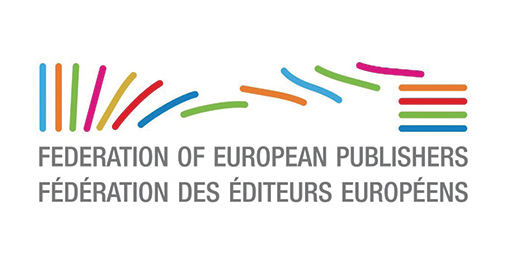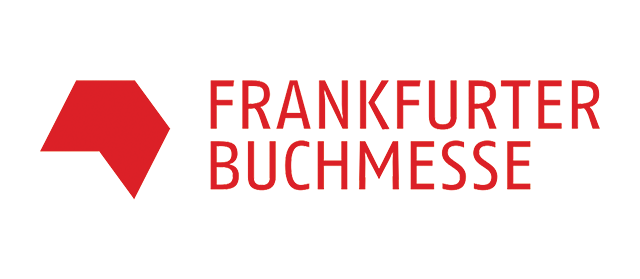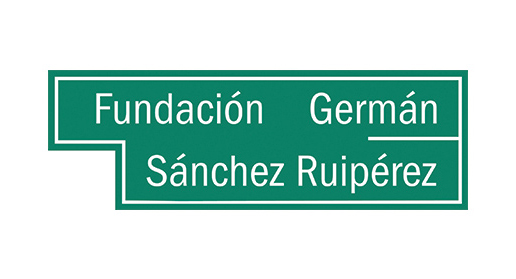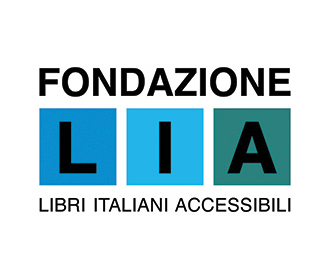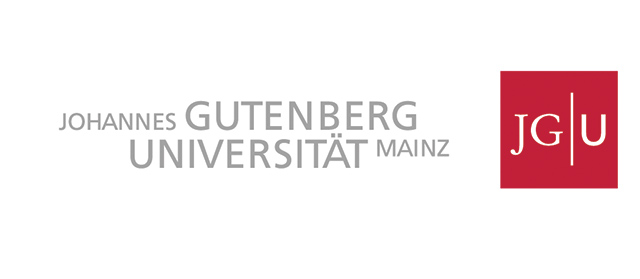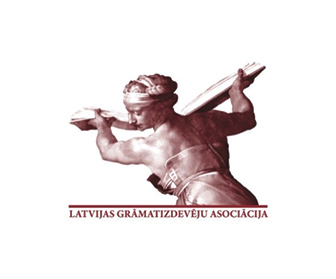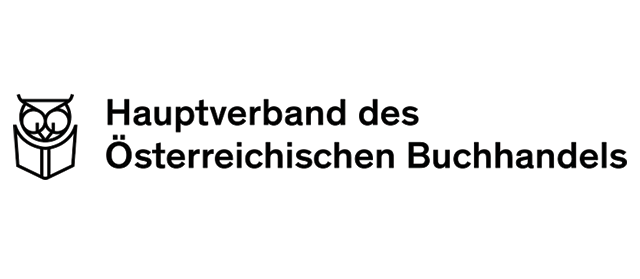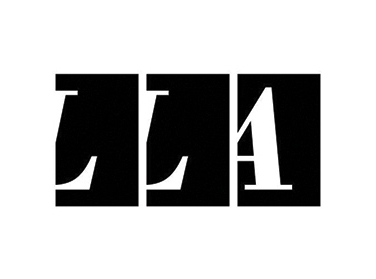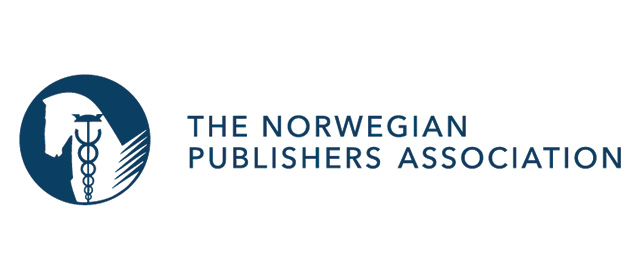European publishing, especially that of smaller countries, needs support to break into foreign marketsand a huge imbalance persists between titles bought and sold, compared to the English-language market. At the same time, Asia emerges as a potential space for great expansion, while intra-European trade is predominant.
These are some of the data emerging from the analysis on the buying and selling of translation rights among some European countries carried out within the framework of Aldus Up, the network of European fairs co-financed by the European Commission through Creative Europe, and presented by Bruno Giancarli, Italian Publishers Association, during the Frankfurt International Book Fair. The meeting was also attended by publisher and translator Renate Punka, President of the Latvian Publishers Association, who instead presented Translation on the Cover, a study project funded and promoted by the European Union and carried out by a group of experts from member states.
The data presented in Frankfurt are a first step in Aldus Up’s effort to make the analyses carried out by different countries comparable and, at the same time, to propose a standard to those countries that do not yet have a tool for measuring buying and selling, or intend to improve it. Eight countries are involved: two of them, France and Germany, participated by sharing the results of their respective national surveys, the other six – Austria, Latvia, Italy, Lithuania, Portugal and Romania – collected data according to the pilot project proposed by Aldus Up. For this reason, only data on exports and not on purchasing are available for France and Germany.
In terms of selling rights abroad, in 2022 France signed 12,423 contracts, Italy 7,889, Germany 6,655, Austria 90, Portugal 63, Romania 14, Lithuania 7, and Latvia 6. In rights acquisition, Italy has 9,432 contracts, Romania 450, Portugal 340, Latvia 294, Austria 86, and Lithuania 7.
The weight of intra-European sales is around 65-70% for each country, varying between 59% for Portugal and 100% for Lithuania. Asia, as an outlet market, is worth 5 percent of transactions for Portugal, 11 percent for Austria, 19 percent for Italy, 21 percent France and 25 percent Germany. By contrast, North America weighs very little for the big three European countries (between 2% and 3%), more for Latvia (17%) and Portugal (32%), but on much smaller absolute numbers.
In purchases, however, North America weighs 38 percent in the Italian case, 23 percent for Austria, 22 percent for Romania, 19 percent Latvia, and 16 percent Portugal.
“The data show,” explained Bruno Giancarli, “a huge gap between large and small European countries, with great difficulty especially for the small ones in reaching foreign markets, English-language markets in particular. This is reflected in an increasing reduction of diversity in Europe.” In addition, “50 percent of the rights purchase in Europe is referred to the United States and the United Kingdom, which confirms the need for translation support that also promotes the spread of other languages” to rebalance the dominance of English. Finally, the Asian market is a promising outlet, “but the existence of more accurate data,” Giancarli concludes, “could greatly help publishers and policy-makers.
Renate Punka, starting from data referring to the publication of translated books and not from data on the buying and selling of rights, arrives at similar conclusions. Specifically, the percentage of books published in translation in Europe is estimated at around 25 percent, and 54 percent of these are from English.
The dominance of Anglo-American production, which is otherwise shared by other cultural sectors, rests, the research explains, on a large “domestic” market of 500 million native speakers, as well as many more non-native readers who can read in English. But it also rests on a large and diversified production capacity; on the efficiency of the U.S. and U.K. publishing sectors in identifying, publishing and promoting books and helping authors build their global network and presence. As well as on a large network of competent translators who can translate into almost any target language, worldwide.
In contrast, “many European publishers are willing to bring more linguistic and cultural diversity to the European literary landscape by being able to rely on committed partners such as writers, translators, booksellers, book fairs, literary festivals, libraries and many others. But action in the form of public funding at the national and European level is needed to help the book value chain overcome the language, cultural and market barriers that prevent European books from traveling more easily in Europe,” Punka stresses.
In fact, several states in Europe support the export of rights with public funds (and in some cases inbound translations are also encouraged), but not always with adequate funds. France, Germany and the Netherlands have support of 1-2 million euros per year, while in Sweden, Romania, Spain, Finland and Italy the figures range between 500 thousand and one million euros. All other countries, however, are below these levels.
 By
By 



